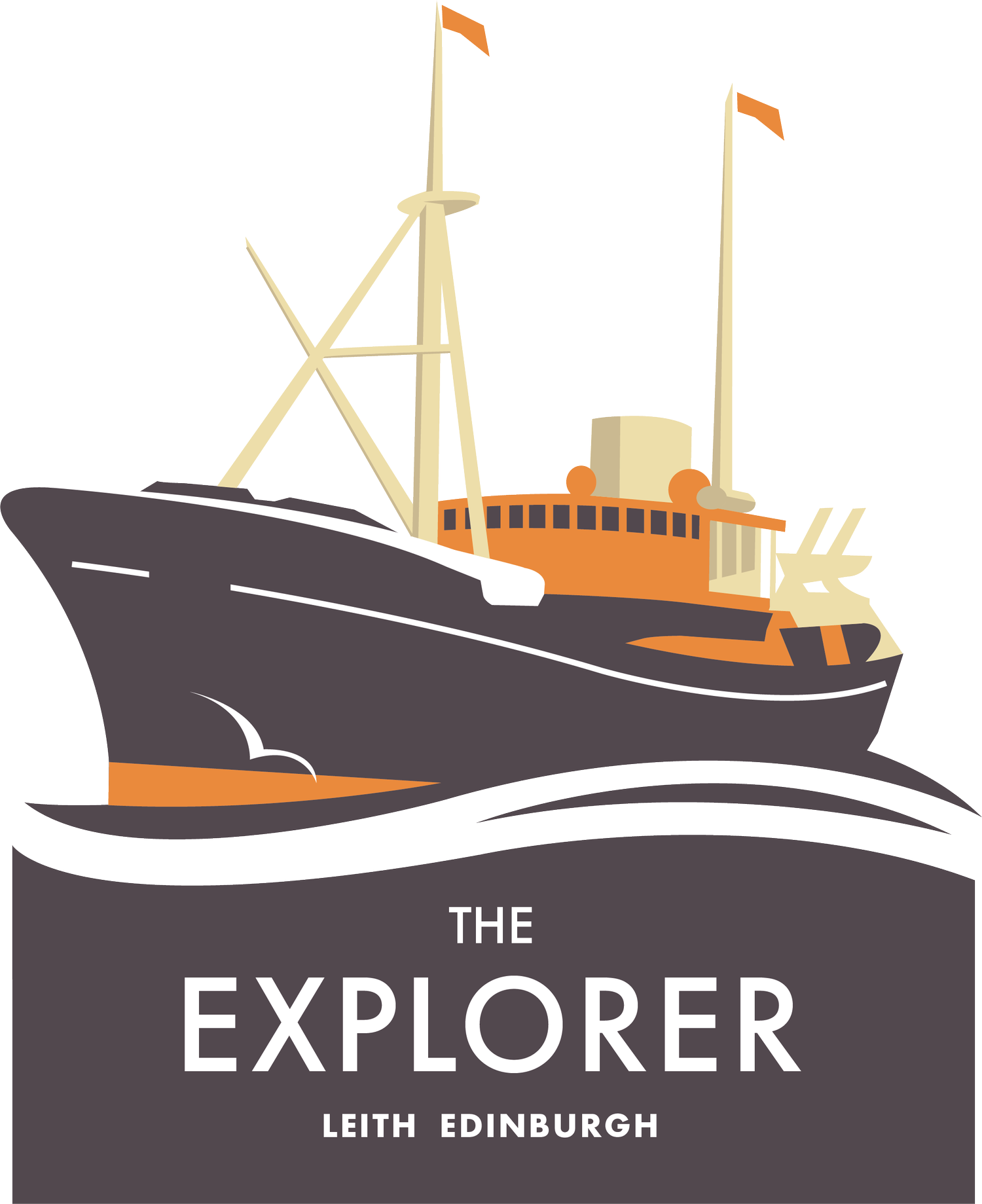Dr Zbigniew ‘Bob’ Kabata
(1924 - 2014)
Dr Kabata was born into a military family in Jeremicze, Poland on 17 March 1924. He entered the Marshal Józef Piłsudski Military Academy in Lwów as a cadet in 1937.
After the invasion of Poland by Nazi forces in 1939, Zbigniew joined the Armia Krajowa and fought against the occupying forces. His unit became famous after assaults on two Gestapo jails, which resulted in the liberation of about 200 prisoners. Zbigniew was cited several times for bravery.
During his time in the resistance, Dr Kabata wrote several patriotic poems honouring the Polish armed forces. His most famous work, The Underground Army, became the unofficial anthem of the Polish combatant community and is inscribed on numerous Polish war memorials.
Following the defeat of Nazi forces in Poland, Kabata made a daring escape across Soviet lines to join up with the Polish 2nd Army Corps in Italy and commanded a rifle platoon in the 3rd Company, 1st Carpathian Rifles (the famous "Tobruk Rats").
After the war, he was transferred to Great Britain when Italy signed a peace treaty with the Allies and found work as a deckhand on North Sea trawlers. Kabata became fascinated with marine life and registered for a zoology degree. After graduation, he began work at the Fisheries Laboratory in Aberdeen as a specialist in fish parasitology on board the FRS Explorer, while at the same time following postgraduate courses that gained him a PhD (1959) and D.Sc. (1966) from the University of Aberdeen. It was in this time that Kabata developed the notion that separate populations of fish can be identified by study of the prevalence of various parasites and diseases. The identification of populations is an integral part of fisheries science.
In September 1953, Kabata, then still an undergraduate student, married an Irish physician, Mary Ann Montgomery. The couple had a daughter, Marta, in 1954 and a son, Andrzej, in 1956.
During the 1960s, Dr Kabata translated several Russian texts on fish biology and parasitology. It was during this time that he began work on his main work, The Parasitic Copepoda of British Fishes, published in 1979 by the Ray Society. A seminal work in taxonomy, this book features over 2,000 original hand-drawn illustrations of the complex morphology of copepod parasites.
In 1967, Kabata moved to the Pacific Biological Station in Nanaimo, British Columbia, where he became head of the Marine Fisheries Section.


